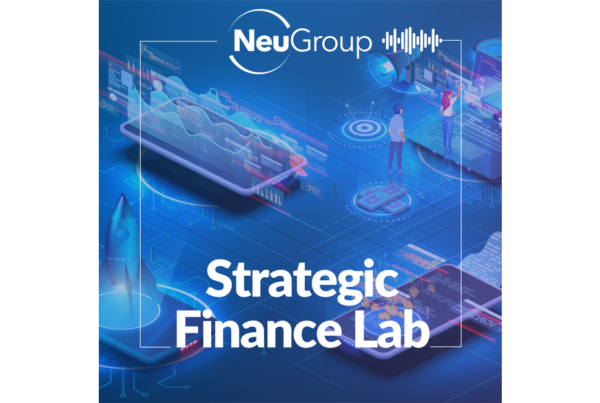
HSBC’s SCF incentives help a big retailer make progress on sustainability goals.
The pandemic has prompted companies to pay more attention to their supply chains, to support key suppliers and make them more resilient and sustainable.
- A recent HSBC survey found that 70% of companies want to improve control over supply chains, half seek more transparency, and a third want to accelerate making them more environmentally sustainable, planning investments over the next 12 to 18 months to do so.
- The assistant treasurer (AT) of a major retailer explained to peers at a recent NeuGroup virtual meeting how his company teamed up with HSBC to use the corporate’s existing supply chain finance (SCF) programs to motivate suppliers to meet sustainability goals.
- He noted HSBC’s publicly announced targets to provide sustainable financing and power the bank using only renewable energy, saying, “We knew the bank had strong commitments around sustainability, so we wanted to see if they wanted to put some skin in the game around our suppliers.”
Dangling carrots. The retailer had also announced significant greenhouse gas reduction goals. Working with the bank, using the existing SCF programs, it created two tiers—green and greener—in which suppliers can receive discounted invoice financing.
- Participants must “set smart goals for sustainability, and then agree to share them publicly, because we think that’s a really important step—not just making the commitment but telling the world about it,” the AT said.
- Partnering with a firm leveraging big data across the entire supply chain to score the sustainability of different products, the company and HSBC created a mechanism to determine if suppliers’ have succeeded in meeting their goals.
- “So depending on the supplier’s percentage improvement, it would qualify for the better or best financing rate,” the AT said.
- The carrots are attractive: tiers provide discounts ranging from 20% to 30% from the base rate.
- “So not just a rounding error,” said Tom Foley, head of consumer/retail coverage, HSBC, adding, “If the pricing tiers are big enough, these are really significant savings for the green and greener suppliers.”
Suppliers give thumbs up. Among the company’s hundreds of suppliers already onboarded on to the SCF program, about 10% qualified for discount pricing, Mr. Foley said, adding that the incentives have increased the number of suppliers in the program by 40%, with 20% qualifying for the discounts.
- “This program has seen the fastest growth of all our programs globally,” the AT said.
- As a buyer-based program, it is “KYC light” to join, requiring relatively little data. “It’s easier to handle, and easier and faster for suppliers to be onboarded into the program,” Mr. Foley said.
- The company ultimately worked out the supplier tiers and retains the flexibility to manage its own supplier network—HSBC at arm’s length.
Challenges? The toughest issue, Mr. Foley said, was getting far-flung bank and treasury executives to agree to the tiering concept and its benefits. Once the parties signed off, it took fewer than four months to make the necessary changes to the existing program, and the KYC-light nature made it easy to bolt on new suppliers.
- Building the program on the existing SCF rails required minimal technology development.
- “The bank had to make an investment into the business, and once we convinced everyone it was the right thing to do, getting it up and running didn’t take as long as one might think,” Mr. Foley said, adding that the bank anticipates making up over the long term any upfront financial losses.


